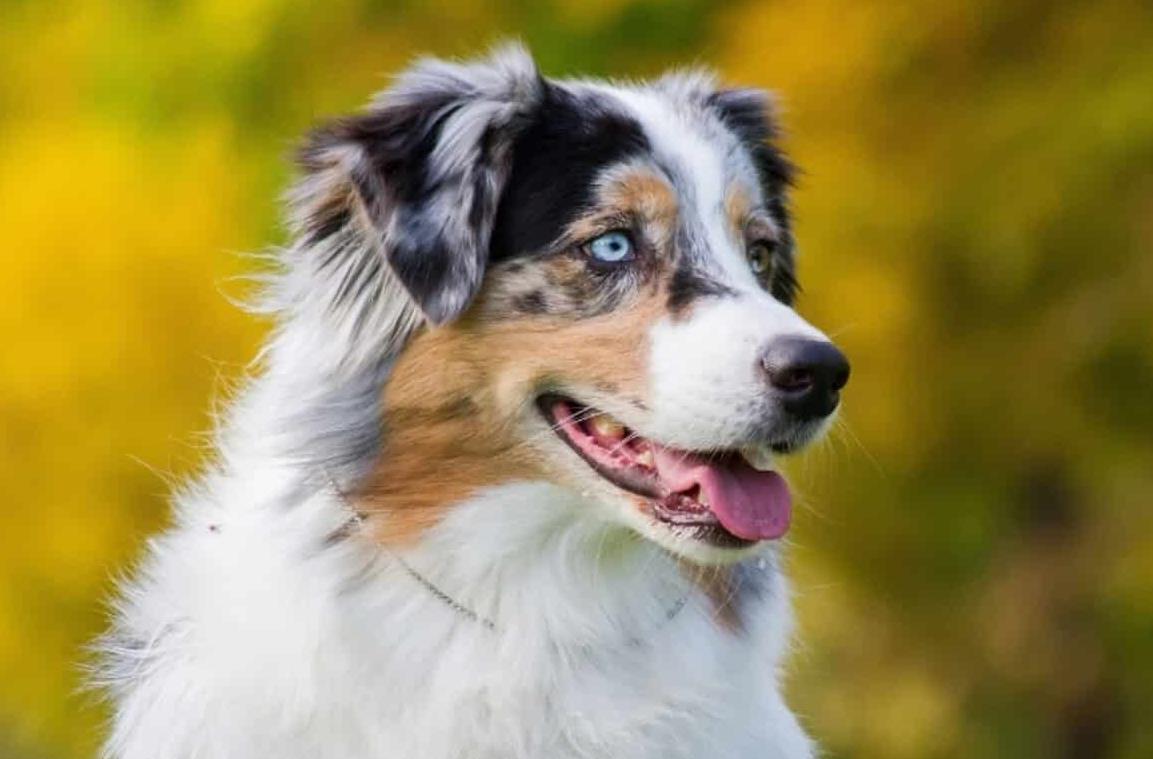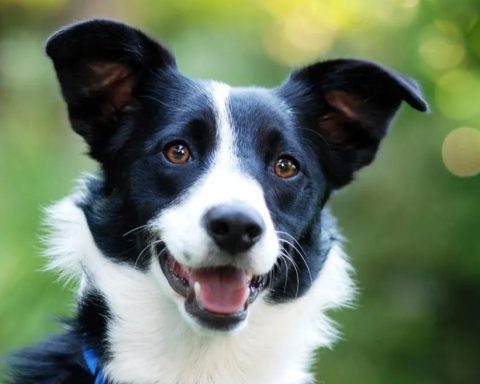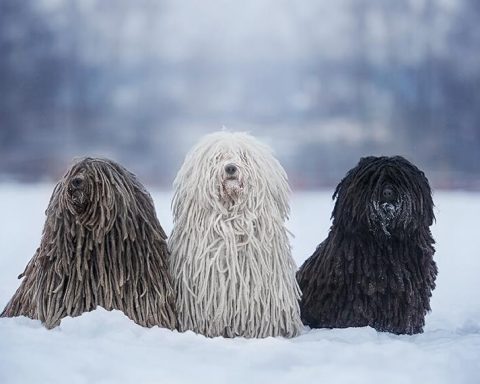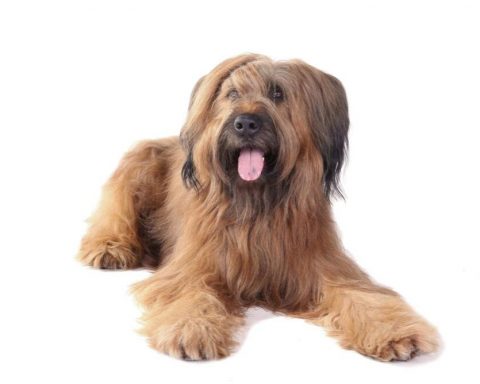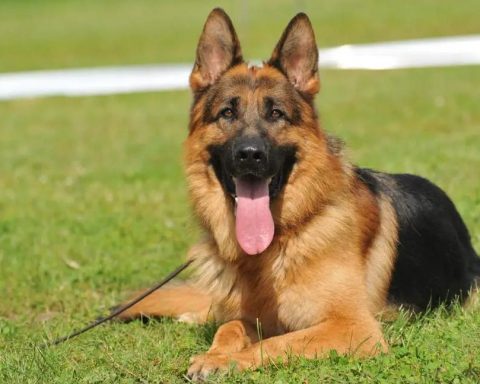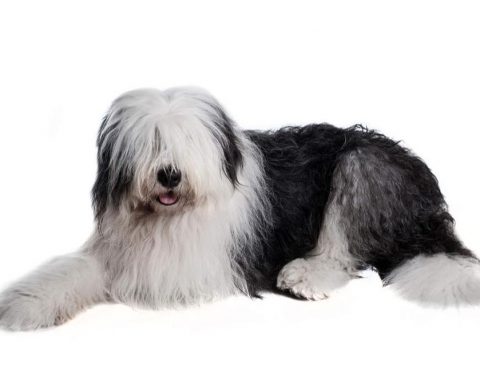Summary
The Australian Shepherd is a working dog with strong herding and guarding skills. He is a loyal companion and has the fortitude to work around the clock.
Very harmonious, slightly longer than tall, medium sized, medium boned, colorful and individual. He is focused and lively, supple and agile, muscular but not bulky. Coat medium length, coarse and hard.
Broken or naturally short tail.
Place of origin
Australia
Body type
SIZE: The ideal height at the shoulder for males is 20 to 23 inches; for females, 18 to 21 inches.
Reasonable size should not be sacrificed for quality.
PROPORTION: Body length (distance from sternum to back of thighs) is slightly greater than shoulder height.
BODY CONDITION: Strong structure and medium bone mass. Males have a masculine but not rough structure; females have a soft structure but no lack of bone mass.
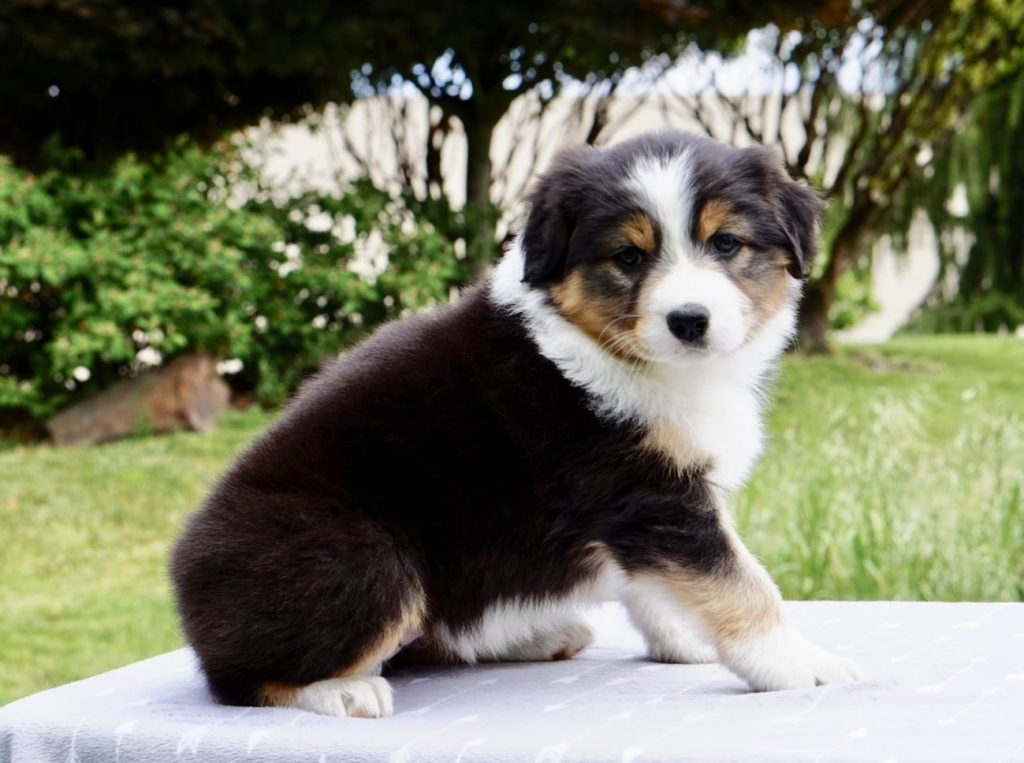
Head
The head is neat, firm and dry (no loose skin). The entire head size is properly proportioned to the body. The length of the muzzle is the same as or slightly shorter than the length of the head. When viewed from the side, the upper profile of the muzzle and the upper profile of the head are parallel to each other, and the muzzle and head are separated by a moderate, but well defined stop. The muzzle is slightly tapered from the root toward the rhinoscope, with a slightly rounded tip.
EXPRESSION: Appears focused and intelligent, alert and keen, with a keen but friendly gaze.
Eyes may be brown, blue, amber, or a combination of different colors and variations, including speckled or marbled. Almond shaped, neither prominent nor sunken, the orchid brindle or black dog possesses black eyes; the red brindle dog possesses liver (brown) eyes.
The ears are triangular, of medium size, of medium thickness, high in position, folded forward, or resembling rose ears. Standing or drooping ears are serious defects. The top of the head is flat and slightly arched, with a slight protuberance of the posterior occipital bone, and the head is equal in length and width.
Moderate, but well defined stop.
Muzzle slightly tapered from the root toward the rhinoscope, with a slightly rounded tip.
NOSING GLASSES: Orchid brindle or black dogs have black noses (and lips), and red brindle dogs have liver-colored (brown) noses (and lips). Brindle-colored dogs are allowed to have a small amount of pink smudging on the nose (and lips), but after the age of one year, the pink smudging must not exceed 25% of the area of the nose. Otherwise it is a serious defect.
DENTAL: Complete dentition, white teeth, scissor bite or pincer bite. Disorders: protruding lower jaw bite and sum. Upper jaw protrudes more than 1/8 inch. Teeth not in contact due to short middle incisors but otherwise normal are not judged to have a protruding mandibular bite and sum. Fractured or missing teeth due to an accident are not considered a defect.
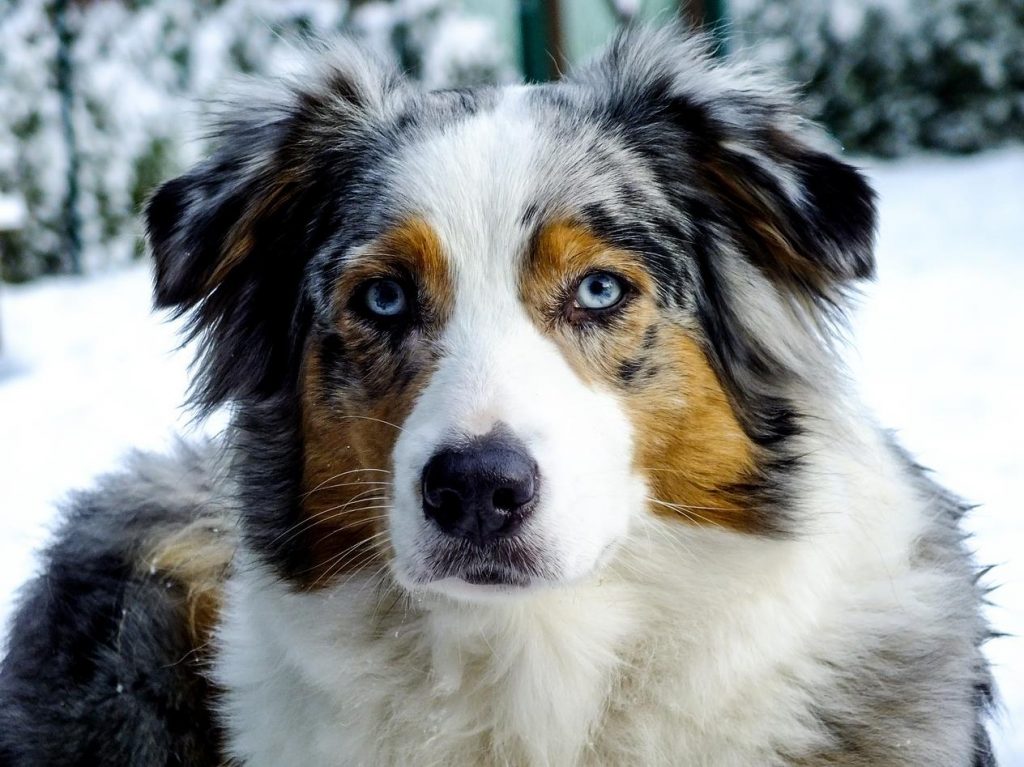
Neck, Dorsal Line, and Body
The neck is strong, medium length, slightly arched at the top and well integrated into the shoulders. Backline: The back (from the withers to the rump) is straight and firm, flat and stable. Hips moderately sloping. The chest is not broad, but extends deeply to the elbows. The ribs are well expanded and long, neither barrel chested nor laterally flat. Lower abdominal curve moderately lifted. Tail straight, broken or naturally short, tail length not to exceed 4 inches.
Forequarters
Shoulders: scapulae long and flat, horse shoulder rump moderately close, sloping backward. Forearms, of the same length as the scapula, angled nearly at right angles to the scapula, with the forelegs just below the scapula and perpendicular to the ground. Legs straight and strong, strongly boned, better ovate than rounded in section.
The ankles are of medium length and very slightly inclined. The wolf claws of the forelimbs can be excised. The foot claws are ovate and compact, the toes are closely united and rounded arches. Foot pads are thick and flexible.
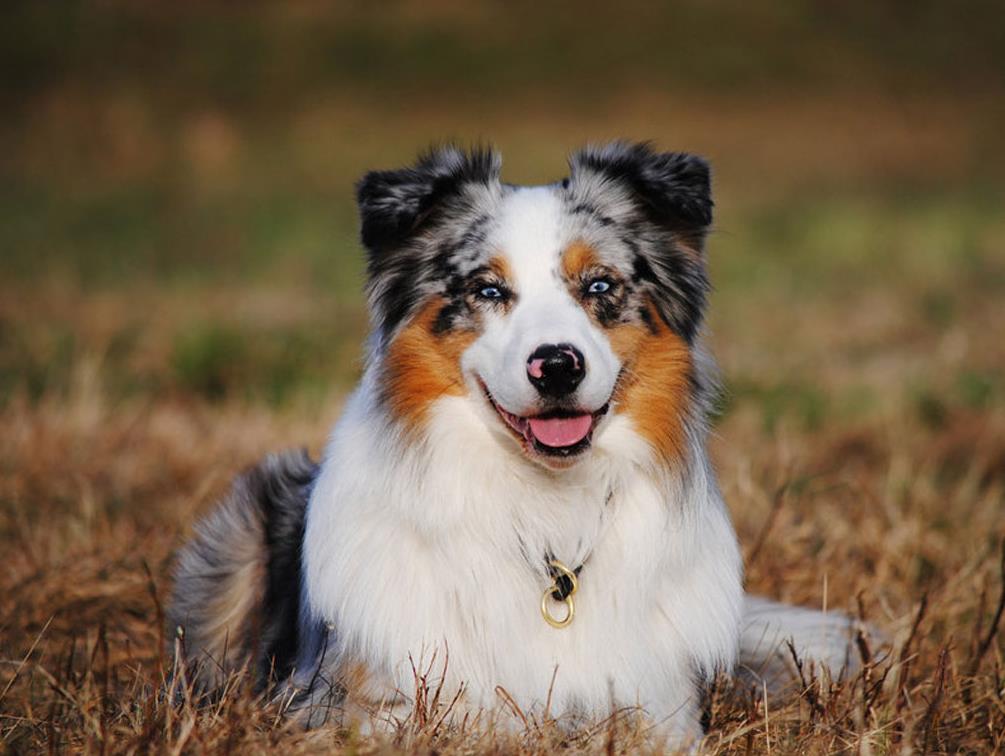
Hindquarters
The width of the hindquarters corresponds to the width of the forequarters at the shoulders, and the angle of the pelvis to the first thigh corresponds to the angle of the forequarters scapulae to the forearms at close to a right angle.
The hind knee joints are very well defined and the fly joints are properly angled. Viewed from behind, the fly joints are short, perpendicular to the ground and parallel to each other. The hind limb wolf claws must be excised. The foot claws are ovate and compact, the toes are closely united and rounded arched. The foot pads are thick and flexible.
Coat
The coat is of medium quality, straight or slightly wavy, resistant to harsh climates and of medium length. The amount of undercoat varies according to climate and season.
The hair on the head, ears, front of the forelimbs and hind limbs below the fly joints is short and smooth. There is a moderate amount of trim on the back of the forelimbs and “pants”. There is a moderate amount of mane ornamentation, which is more pronounced in males than in females. The absence of a typical coat is a serious defect.
Color
Orchid brindle, black, red brindle or all red, with or without white markings (white markings perhaps with a brown transition), there is no distinction or order of inferiority between these colors. White bibs must not extend beyond the horse’s shoulder ruff. White on the neck (some or all of it), chest, legs, under the muzzle, is acceptable, as is white ribbing on the head and white extending no more than 4 inches up from the elbow.
White must not dominate the head and must be surrounded by color around the eyes and the eye rings must be well pigmented. Rutilated color features will become more and more prevalent with age.
Disqualification: white spots on the body means that the color appears white after the horse’s shoulder rump, before the tail, on both sides from the elbows to the back and rump, regardless of the color.
Gait
The gait of the Australian Shepherd is smooth, stretched and relaxed. The movement appears to be very agile, harmonious and with a large stride.
The front and hind limbs move straight and parallel to the centerline of the body. As speed increases, the paws of the limbs are drawn towards the centerline of the body by gravity, while the back remains level and firm.
The Australian Shepherd must be agile and have the ability to make sudden changes of direction and pace.
Temperament
Australian Shepherds are intelligent, alert but calm dogs; good natured and not noisy. Will be reserved at first meeting. Flaws: Any shyness, timidity or aggression is a serious flaw.
Disqualification
Protruding Jaw Bite and. The upper jaw protrudes more than 1/8 inch.
White spots on the body means that the color, regardless of color, appears white behind the horse’s shoulder rump, before the tail, and on both sides from the elbow to the back and rump.
